On November 3, 1957, 55 years ago today, the first bio-satellite with a dog on board was launched into space.
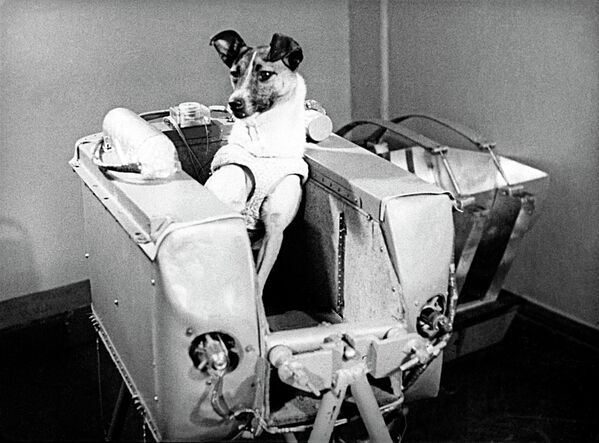
A monument to Laika was erected on April 11, 2008 by the military research institute in Moscow where preparation work for the experiment had taken place.

Three years later, on August 19, 1960, a returning space vessel was successfully launched into near-earth orbit. The dogs Belka and Strelka were on board.
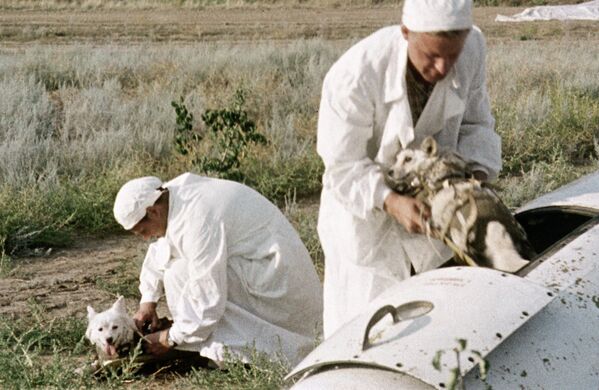
On August 20, 1960 the return vessels containing the animals landed safely and on target. This was the first time animals that had been into space and returned to earth.
After returning from orbit, the dogs became instant celebrities. They were taken to kindergartens, schools, and children’s homes, but they never went back into space. Strelka had numerous litters, and one of her puppies, Pushok, was given to Jacqueline Kennedy, the wife of the then US president.
After returning from orbit, the dogs became instant celebrities. They were taken to kindergartens, schools, and children’s homes, but they never went back into space. Strelka had numerous litters, and one of her puppies, Pushok, was given to Jacqueline Kennedy, the wife of the then US president.
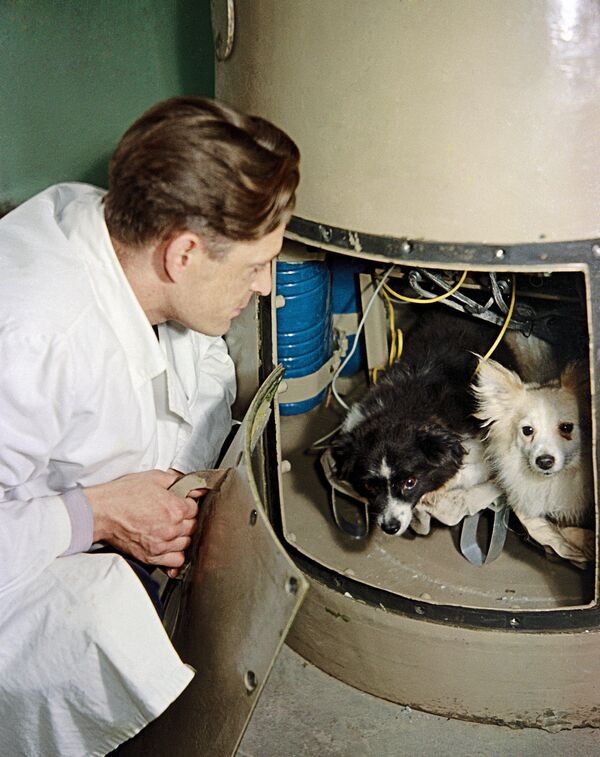
In 1959 Damka and Kozyavka returned to earth after reaching heights of 210 km. No behavioral abnormalities were noted after the space trip. They reacted to being called, to environmental changes, and had fierce appetites. Damka completed four more space flights.
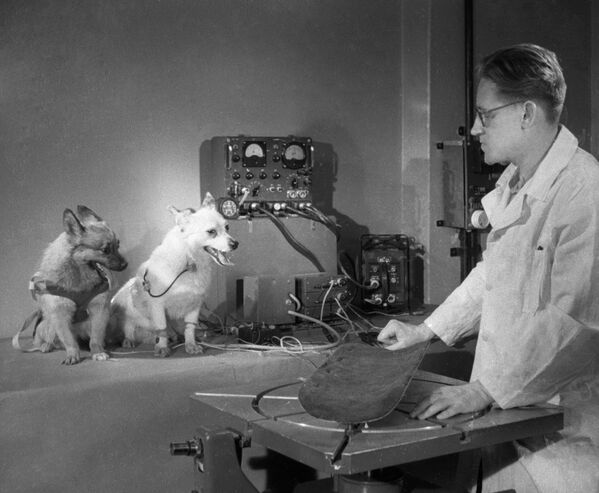
The same year saw Albina and Malyshka blast off into space in geophysical rockets.
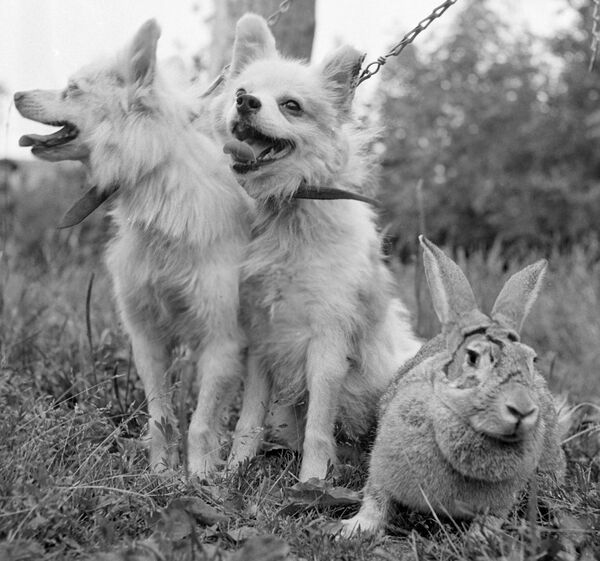
In 1960 Otvazhnaya, Malek and the rabbit Zvyozdochka all completed space trips.
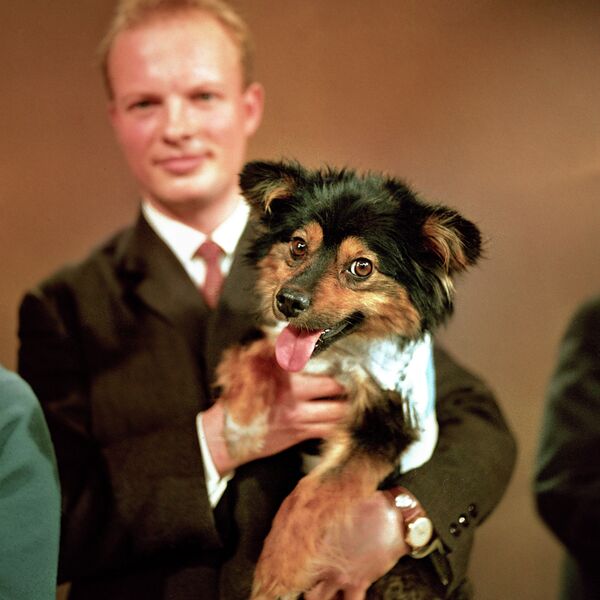
Veterok and Ugolek (pictured) were sent into space on February 22, 1966, on the Cosmos-112 biosatellite. The flight lasted 23 days – a record not beaten until June 1973, by the US Skylab team.
The satellite containing Ugolek and Veterok landed on March 17. When the dogs were taken out of their space-suits, they were found to have shed all their fur. They could not stand, were very weak and very thirsty. Soon they were running round the institute again, like regular stray dogs. They went on to breed normally, and lived out their days in a special animal research facility.
The satellite containing Ugolek and Veterok landed on March 17. When the dogs were taken out of their space-suits, they were found to have shed all their fur. They could not stand, were very weak and very thirsty. Soon they were running round the institute again, like regular stray dogs. They went on to breed normally, and lived out their days in a special animal research facility.
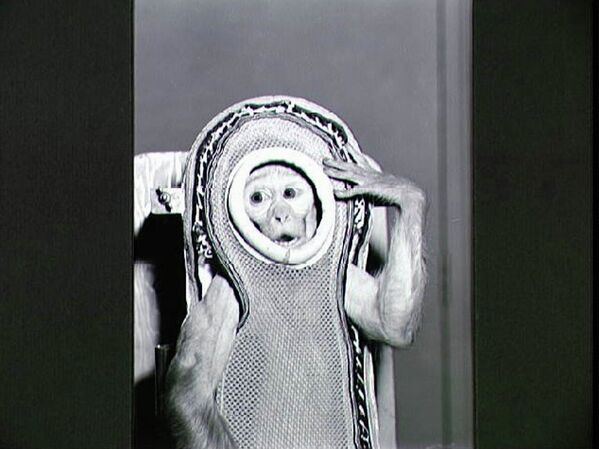
On December 4, 1959, the Rhesus macaque monkey Sam became the first monkey to go into space aboard the Mercury in NASA’s Little Joe 2 flight. Sam was one of the first monkeys in space. The flight lasted a little over 11 minutes. Having been taken up 88 km – the craft and monkey landed safely back down to earth.

The monkeys Able and Baker (pictured) were sent into space on May 28, 1959, on the US Air Force Jupiter-AM rocket.
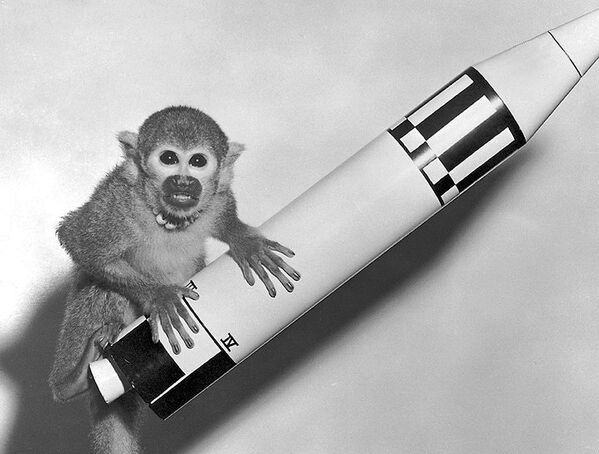
10/11
© Photo : U.S. Army/Public domain
The flight to 483 km was successful.
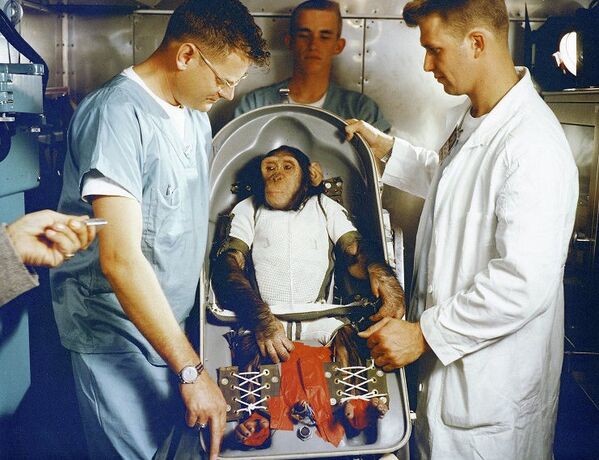
Ham was sent into space on January 31, 1961, becoming a predecessor to the first American astronaut Alan Shepard.



